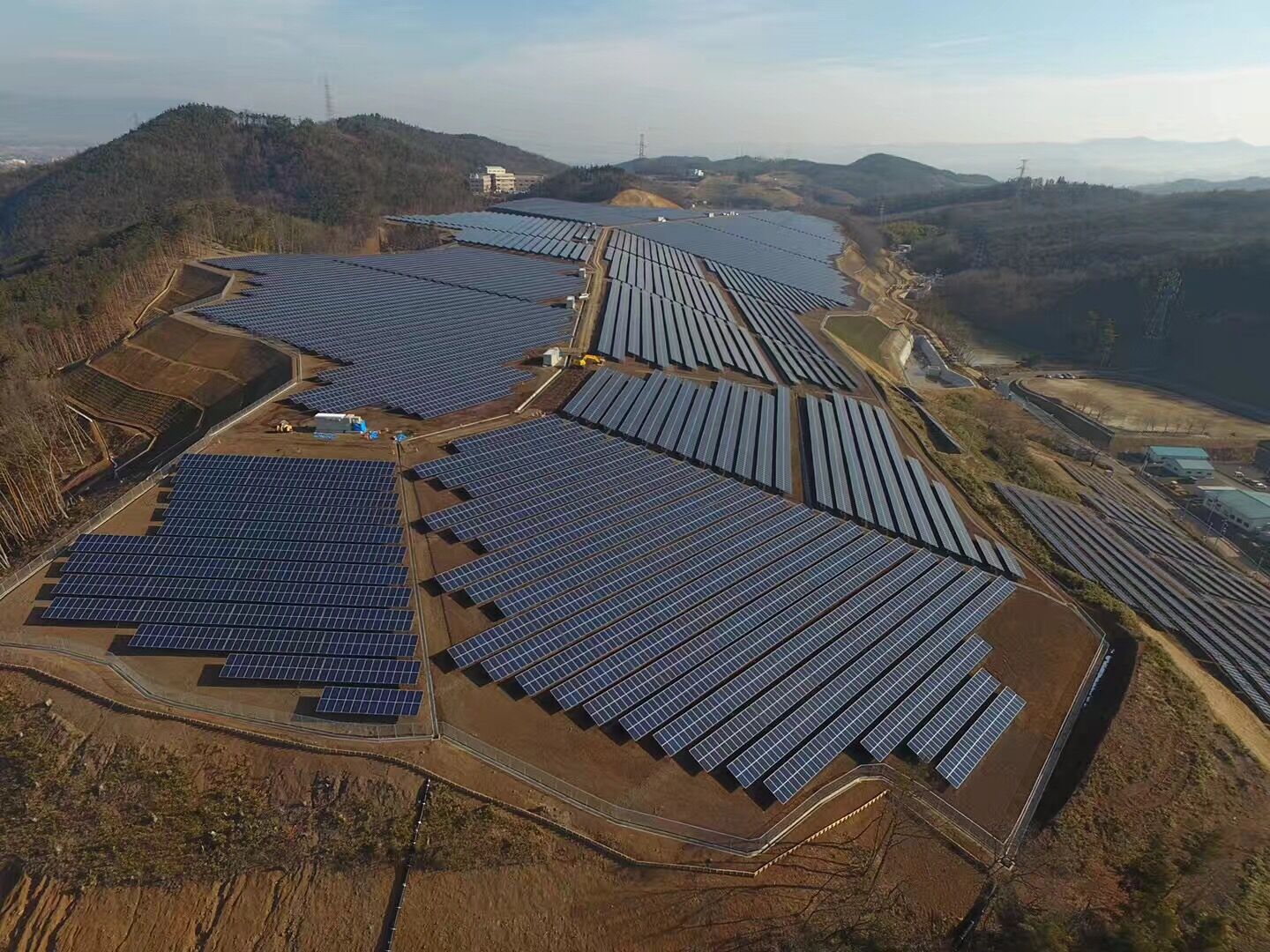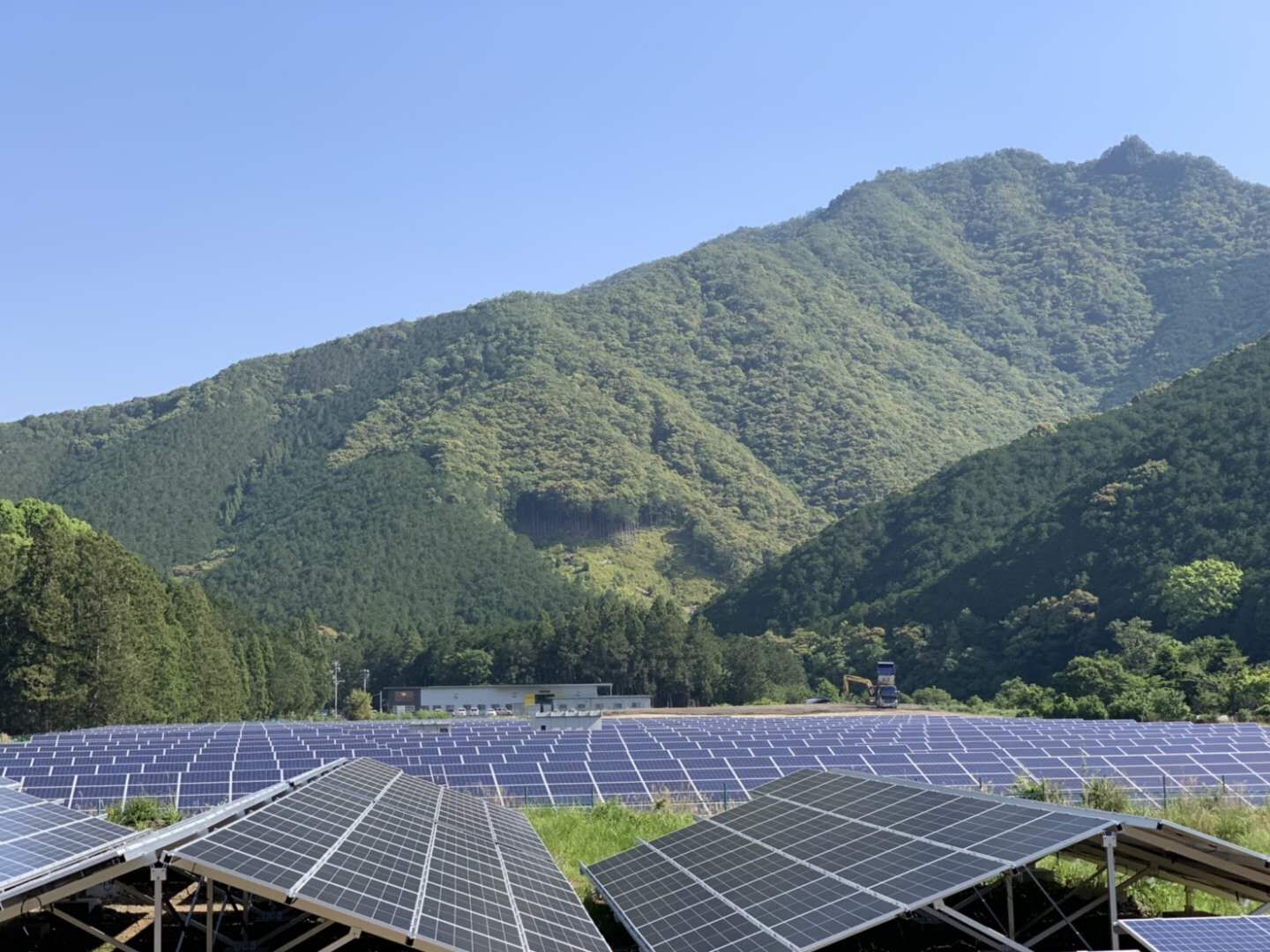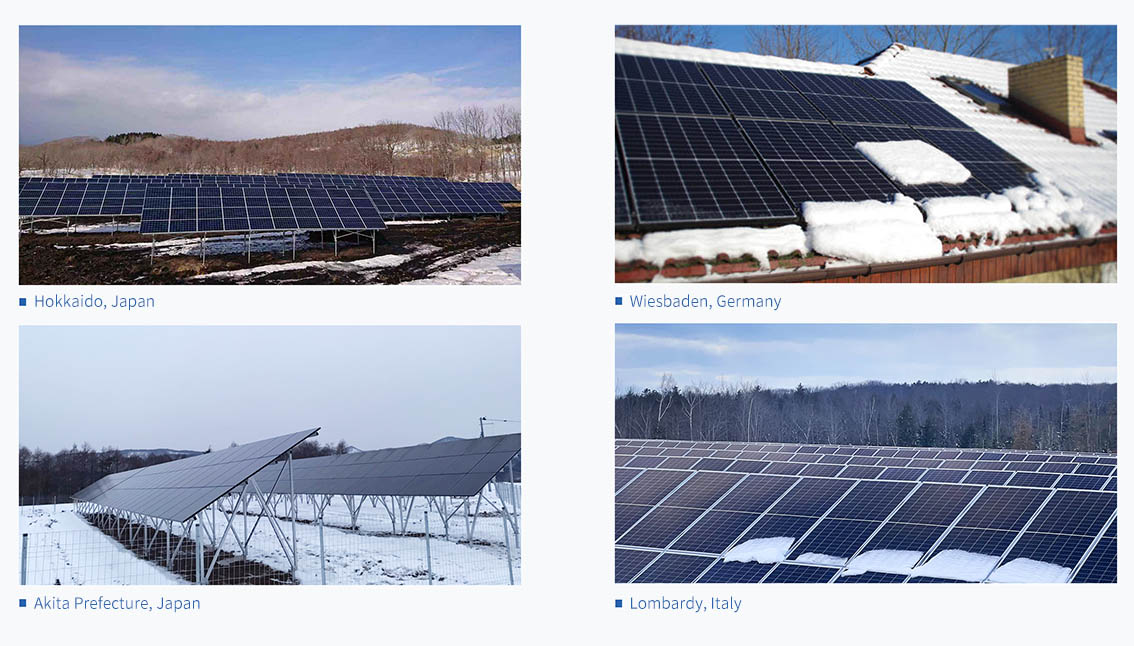As global demand for renewable energy grows, photovoltaic (PV) power generation is gaining attention as a clean and sustainable solution. Large ground-mounted solar PV plants, known for their efficiency and scalability, play a vital role in transforming energy structures. This article outlines the entire development process, from planning to implementation and grid connection.

Before surveying a site, it’s essential to communicate with landowners to select an appropriate location and prepare necessary equipment. During the site survey, focus on the topography and geological conditions, assessing factors like soil stability, surface hydrology, and potential natural disaster risks. After the survey, classify the land type and area to ensure compliance with relevant national policies and regulations.
In this phase, gather initial feedback on grid connection and electricity needs from the local power authority. Submit the required documents to the local Development and Reform Commission (DRC) for approval, and then forward them to the provincial or municipal DRC. Once all permits are secured, apply for a construction permit from the construction bureau.

Using the survey results, draft design requirements and compile the construction plan. Hold technical briefings and review drawings to ensure that all technical parameters and standards are clearly defined for safety and feasibility.
4.Project Construction Implementation
This is the most critical phase, encompassing everything from construction preparation to final acceptance. Ensure that civil engineering, installation, and other activities comply with building regulations. Strict quality control and safety management are essential to meet national and industry standards.
5.Grid Connection and Power On
After construction is complete, prepare a feasibility study, grid connection plan, and necessary documentation for acceptance by the power authority. The feasibility study should detail the project's economic benefits and environmental impacts, while the grid connection plan must ensure safe and stable power transmission. Once the solar PV plant is connected to the grid and operational, ongoing maintenance and monitoring are vital for long-term stability.

From initial investigations to grid connection, it’s crucial to ensure that every step meets regulations and standards. This contributes to the safe and efficient operation of solar PV plants, advancing the goal of sustainable energy development.
For more information on solar PV, please follow Huge Energy!
